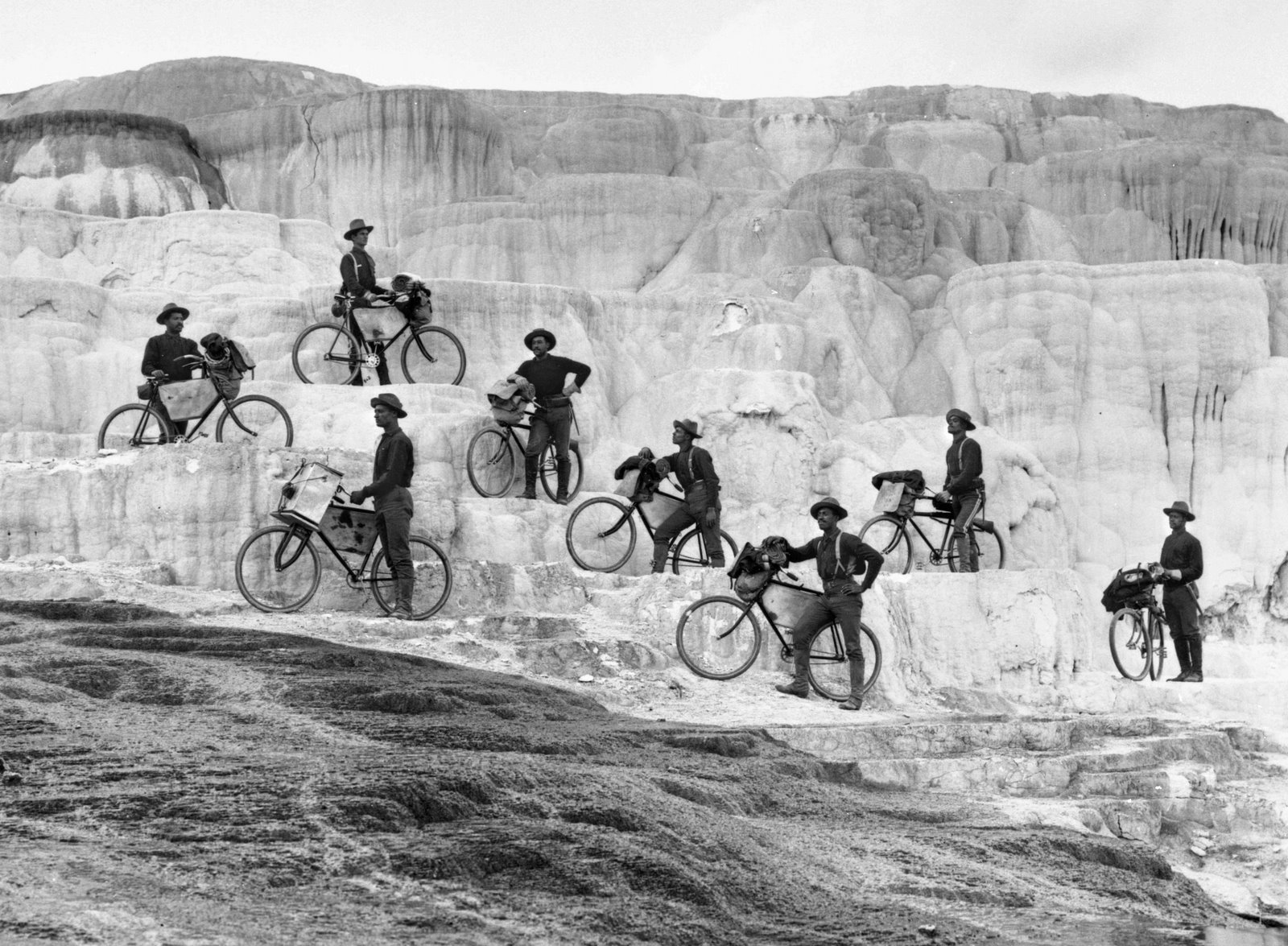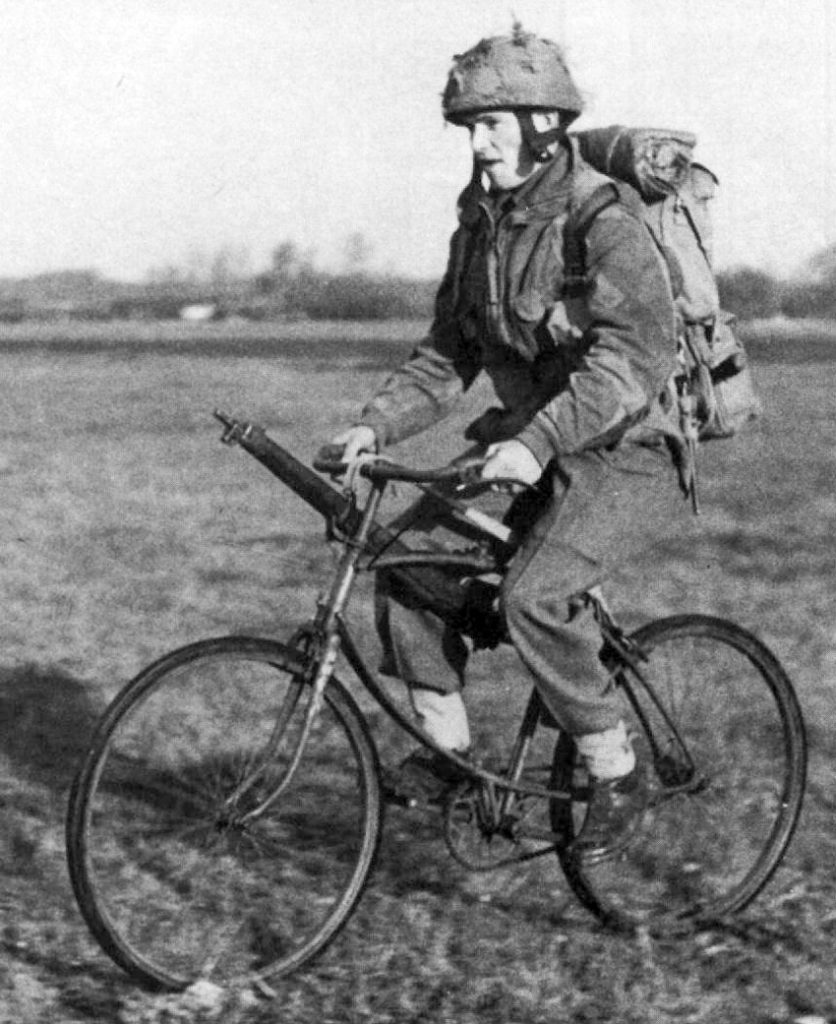Those who don’t ride bikes tend to lump cyclists together as one entity.
The reality is much more interesting and the diversity of cyclists is as varied as the bikes they ride. From fold-up Bromptons with their suited commuters astride them to baggy-shorted downhill riders on their full-suspension rigs, to bearded and tattooed trail riders on their fat-wheeled off-road machines to Lycra-clad roadies.
This rather clichéd selection only scratches the surface of the millions of people who ride their bikes daily for work, pleasure, transport and fitness.
Invented over 200 years ago the humble bicycle still pushes the boundaries of human achievement, both in physical and engineering terms. Long distance travel had previously been the preserve of the few who could afford horses, but the invention of the bike changed all that; suddenly people could travel freely and cheaply. One ironic upshot of the coming of the bicycle was that road networks were expanded and improved upon long before cars came on the scene.
Even in the early days of bicycle design bike builders were keen to optimise the potential of their product and machines were made to suit the role that was going to be asked of them.
The Wright brothers ran a bicycle repair shop in Ohio and they used bicycles to carry out their wind tunnel experiments prior to building the world’s first true aeroplane. The ingenuity of the bike builders was amazing and many of the innovations that we take for granted now, or think as relatively recent additions to the world of cycling, such as mountain bikes, have their roots firmly planted in the history of bike manufacture.
I have written before about the “Buffalo Soldiers”, the experimental unit of the USA infantry who in the 1890s were issued with bikes customised to carry equipment and packs over many miles of rough terrain. Even Winston Churchill was in on the off-road cycling craze at the very beginning. In 1908 he suggested that African explorers should use modified bicycles to travel through jungle paths and steep terrain. By the 1950s there was even a club in Britain called the Rough Stuff Fellowship who specialised in mixed terrain and off-road touring on bicycles.
Another example of a bike being adapted to suit the needs of its user was the BSA Paratrooper. During the Second World War the only British troop carrying glider available was the Hotspur. It had limited space and as a result BSA (Birmingham Small Arms) developed a bicycle that could be folded in half, to allow a paratrooper to be able to jump out of an aircraft with it.
Production was given priority and enough were made in time to be used at major landings such as D-Day and Arnheim.
It is easy to forget the major role that bicycles have played in history over the last two centuries.
Without such a humble invention things might have been very different. Even now, while many of us see bicycles as an object of leisure, millions of people across the world still use bicycles as a tool and mode of transport to support their livelihood.
Perhaps what is most surprising in the last two hundred years of bicycle design, through all the variations and permutations that it has undergone, is that the basic design of the bike remains the same.
If Kirkpatrick Macmillan (the Scottish blacksmith who arguably invented the world’s first pedal driven bicycle) saw a “Nukeproof Pulse Pro” full-suspension downhill bike today he would instantly recognise it alongside his own invention.
Where to ride: Pitcairlie Hill – Fife
Suitable for: Off-road cycling
Where: Pitmedden Forest Fife
Start – Abernethy Glen OS Landranger 1:50,000 Map 58 NO 189139
Description: Pitmedden forest to the south of Abernethy is a hugely popular spot for mountain bikers with a huge maze of single-track trails and forest tracks criss-crossing the area and a map is highly recommended for navigating around this area.
This route takes a more leisurely route through the forest arriving at Pitcairlie Hill and offering fantastic views of the surrounding countryside and the River Tay. To start head north through the gate on forest track, up a short hill and follow main track for 2 miles.
Carry on straight at the next left corner which heads downhill and continue through the gate and immediately straight ahead at junction, uphill.
Take the first junction on the left which takes you around Pitcairlie Hill and brings you back to the junction. Return through the gate and retrace your route to the start.












